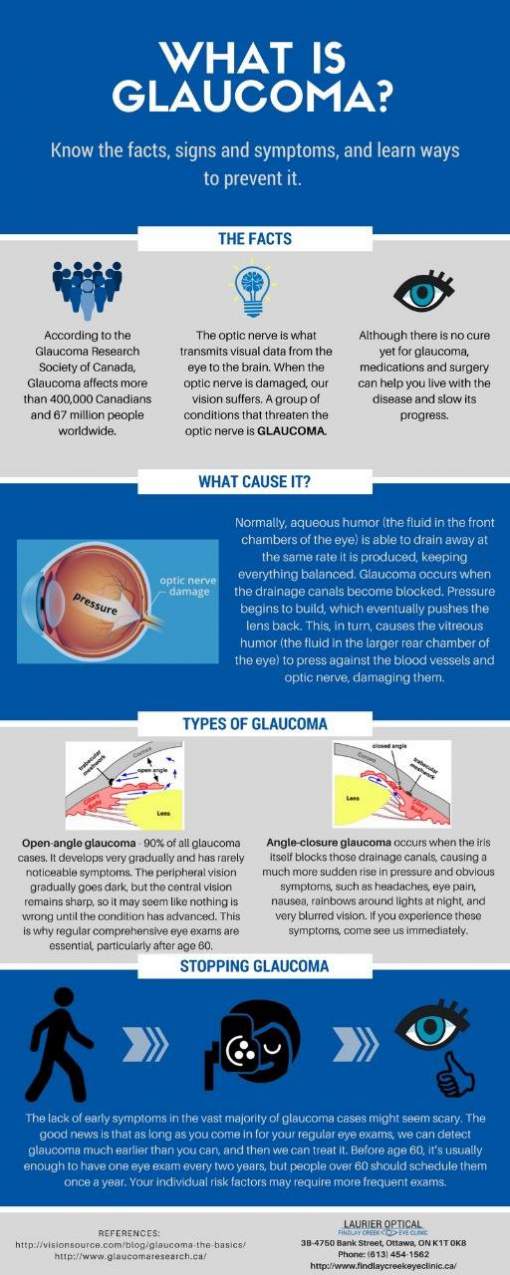Are You Thinking About Discovering The Differences Amongst SMILE, LASIK, And PRK Eye Surgeries?
Are You Thinking About Discovering The Differences Amongst SMILE, LASIK, And PRK Eye Surgeries?
Blog Article
Content Created By-Humphries Wilder
If you've been considering SMILE eye surgery, you may question exactly how it compares to LASIK and PRK. Each procedure has its very own collection of advantages and considerations. From quicker recovery times to prospective risks, there are essential distinctions you need to recognize before deciding. Recognizing these distinctions will certainly aid you make an informed choice that straightens with your particular needs and assumptions. Curious to know more about exactly how these treatments compare thoroughly? Continue exploring to gain a detailed understanding of SMILE, LASIK, and PRK.
SMILE Eye Surgical Procedure Overview
If you're considering SMILE eye surgery, you'll discover it to be a minimally intrusive procedure with a quick recovery time. Throughout SMILE (Tiny Cut Lenticule Extraction), a laser is used to create a small, accurate laceration in the cornea to remove a small item of tissue, reshaping it to remedy your vision. This varies from LASIK, where a flap is developed, and PRK, where the external layer of the cornea is totally removed.
One of the vital advantages of SMILE is its minimally invasive nature, bring about a faster recovery procedure and much less pain post-surgery. The recovery time for SMILE is fairly fast, with numerous individuals experiencing improved vision within a day or 2. This makes it a preferred selection for those seeking a convenient and efficient vision modification procedure. In addition, SMILE has been revealed to have a lower risk of dry eye syndrome compared to LASIK, making it a positive alternative for people concerned about this possible negative effects.
Differences Between SMILE, LASIK, and PRK
When contrasting SMILE, LASIK, and PRK eye surgeries, it is essential to comprehend the distinct techniques used in each treatment for vision improvement.
https://thehill.com/blogs/congress-blog/healthcare/509473-health-care-price-transparency-bill-can-reduce-costs-and-boost (Little Cut Lenticule Removal) is a minimally intrusive procedure that involves creating a tiny laceration to extract a lenticule from the cornea, reshaping it to remedy vision.
How Much Is Lasic Surgery (Laser-Assisted Sitting Keratomileusis) involves developing a slim flap on the cornea, using a laser to reshape the underlying tissue, and afterwards rearranging the flap.
PRK (Photorefractive Keratectomy) gets rid of the outer layer of the cornea before reshaping the cells with a laser.
The main difference depends on the way the cornea is accessed and dealt with. SMILE is flapless, making it a good choice for people with thin corneas or those associated with call sporting activities. LASIK uses quick aesthetic healing due to the flap production, but it might present a greater threat of flap-related problems. PRK, although having a much longer healing duration, prevents flap-related concerns altogether.
Recognizing these differences is essential in picking the most appropriate treatment for your vision correction requirements.
Advantages And Disadvantages Comparison
To evaluate the advantages and downsides of SMILE, LASIK, and PRK eye surgical treatments, it's necessary to think about the particular benefits and potential limitations of each procedure. SMILE surgery supplies the benefit of a minimally intrusive treatment, with a smaller sized cut and possibly quicker recovery time compared to LASIK and PRK. It also decreases the threat of completely dry eye post-surgery, an usual side effect of LASIK. Nonetheless, SMILE might have constraints in treating higher degrees of myopia or astigmatism compared to LASIK.
LASIK surgery gives fast visual healing and marginal discomfort during the treatment. It's highly efficient in treating a vast array of refractive mistakes, including nearsightedness, hyperopia, and astigmatism. Yet, LASIK carries a risk of flap complications, which can impact the corneal structure.
PRK eye surgical procedure, while not as popular as LASIK, prevents developing a corneal flap, lowering the risk of flap-related problems. It appropriates for individuals with slim corneas or uneven corneal surfaces. Nevertheless, PRK has a longer healing time and may include more pain throughout the healing procedure.
Conclusion
So, when it pertains to selecting between SMILE, LASIK, and PRK, think of it like choosing the best set of shoes. SMILE resembles a smooth, comfy set of sneakers - fast and very easy.
LASIK is a lot more like trendy high heels - fancy and quick, yet with some prospective dangers.
PRK resembles tough treking boots - reliable and resilient, however requiring a little bit even more time and effort.
Eventually, the most effective choice relies on your private requirements and choices.
